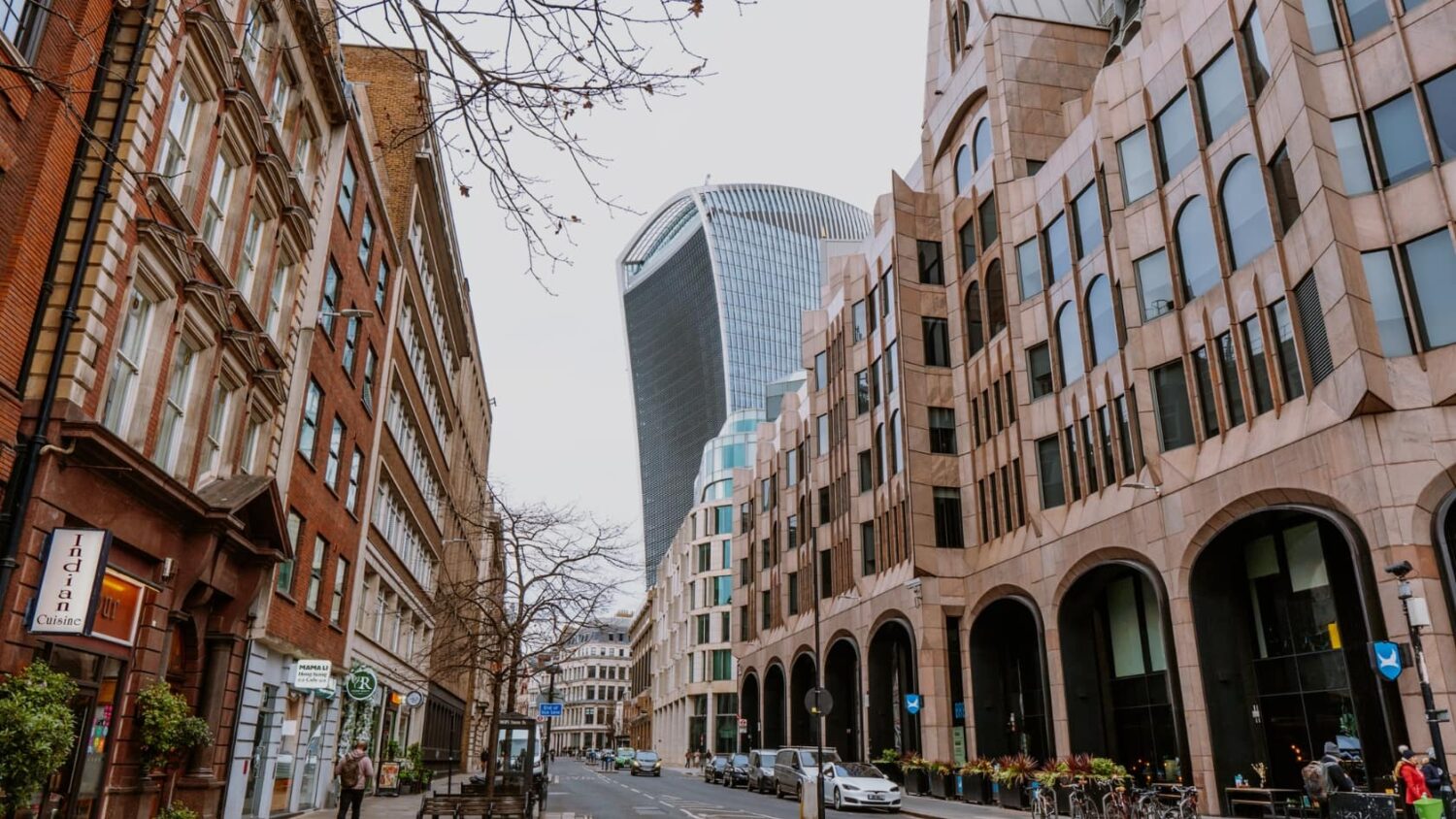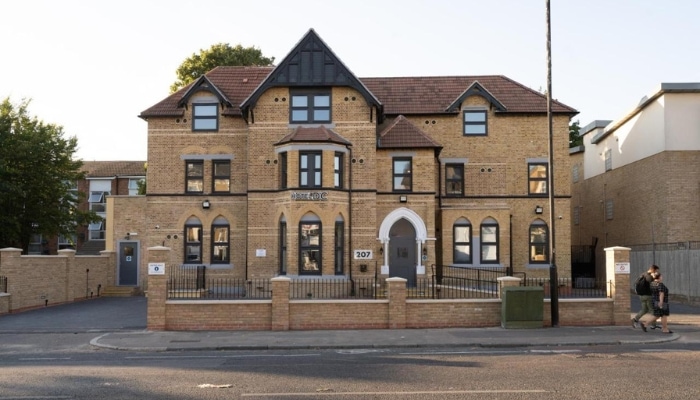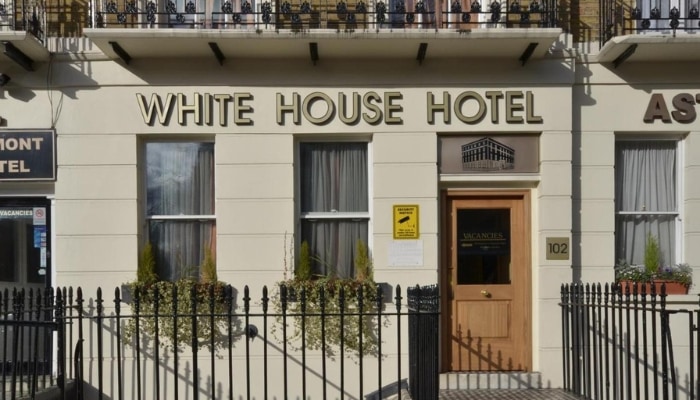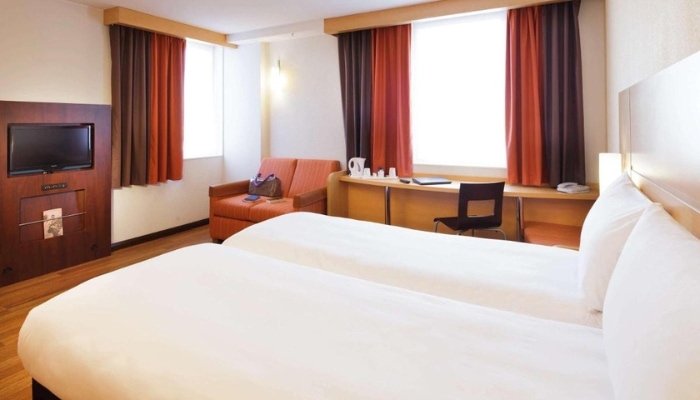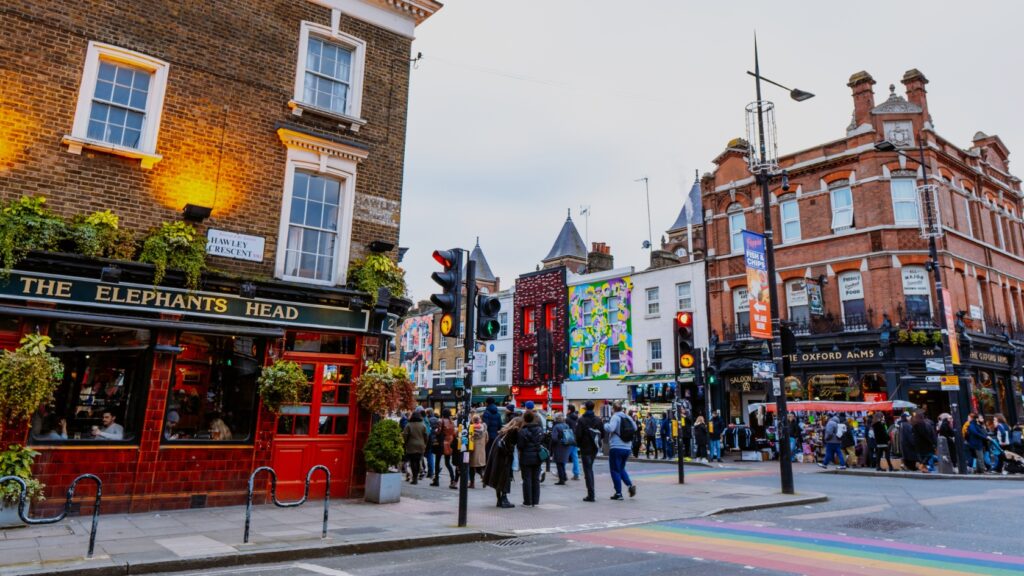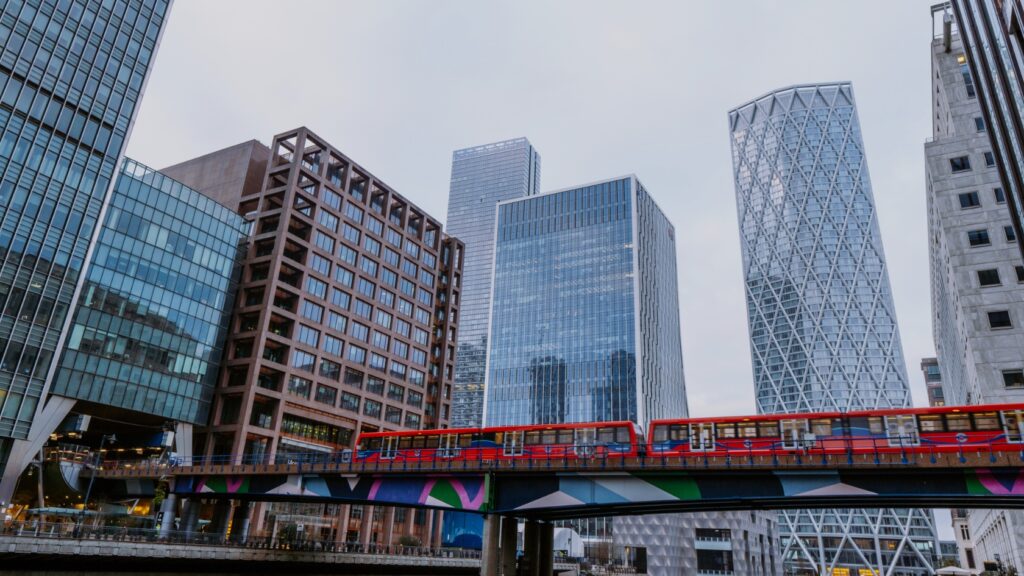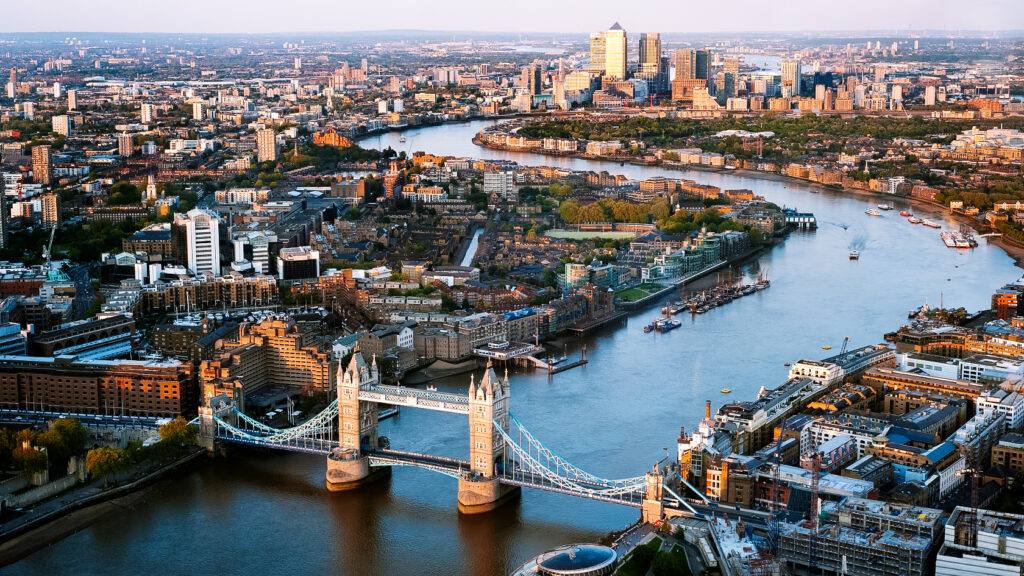How to save money in London? Read our guide with proven tips to help you save up to hundreds of pounds – London Pass, London Explorer Pass, Oyster card, how to get to and from the airport cheaply and much more.
Whether you’re coming to London for a holiday or just a long weekend, a trip to London can put a major dent in your wallet.
Fortunately, there are several options to save in London. I won’t promise you that you’ll get the price of a holiday in Budapest, but you will save significantly.
- 7 tips to save in London
- 1. How to save on sightseeing in London: London Pass
- 2. How to save in London: hotels
- 3. How to save in London: London Explorer Pass
- 4. Things to do in London for free
- 5. How to save money when travelling around London: Oyster card
- 6. How to save money when travelling in London: Contactless card
- 7. How to save money on airport transfers
- More information about London
- How to save in London: FAQ
7 tips to save in London
How to visit London cheaply? Take a look at the list of useful tips.
1. How to save on sightseeing in London: London Pass
London Pass is a tourist card that has been designed in partnership with London’s sights, museums and attractions, so you can save money on admission or make it easier to discover and travel to your favourite London sites.
What are the benefits of the London Pass?
- The London Pass gives you free entry to more than 90 places, including some of the most famous, such as the London Eye, Tower of London, Westminster Abbey, Tower Bridge, the Shard, London Zoo and St Paul’s Cathedral.
- You can activate your card at any time within 2 years of purchase.
- Free cancellation within 90 days. If you change your mind within 3 months, you will be refunded without giving a reason.
- The card includes a one-day ride in a sightseeing bus. It will take you around the most famous sights. Wherever you need to, you get off the bus and then get back on the next bus.
- The card also includes a one-day cruise on the Thames with 23 stops where you can embark and disembark at will. You’ll not only see central London, but also Greenwich and the glittering O2 Arena.
- The card is valid for 1, 2, 3, 4, 5, 6, 7 or 10 days, so you can buy as many days as you need depending on the length of your stay.
- When you buy your card, you’ll get a guide on your phone with all the information you need for a relaxing holiday in London.

How does the London Pass work?
You buy a London Pass for a set number of days, so you can schedule which attractions you want to visit and when.
The card is available for 1, 2, 3, 4, 5, 6, 7 or 10 days. Valid for calendar days, i.e. you need to think in advance whether it’s worth activating your card late in the afternoon or in the morning. Regardless of whether you activate your card at 9:00 am or 4:00 pm, it counts as 1 day.
Once you have purchased your card, you will receive an email with information, a guide and a link to download the London Pass app. Activate your card by scanning the QR code in the app when you enter the first attraction.
London Pass attraction
The London Pass includes entry to more than 90 attractions in London, including:
- Tower of London (£34.80)
- London Eye (£45)
- Sightseeing bus ride (£37)
- One-day unlimited cruise (£24.60)
- Shard (£37)
- Madame Tussauds Museum (£47)
- Westminster Abbey (£29)
- Tower Bridge (£12.30)
- St Paul’s Cathedral (£25)
- Windsor Castle (£33)
- Royal Botanic Gardens Kew Gardens (£23)
- Kensington Palace (£24)
- London Zoo (£41.80)
- Arsenal Stadium Tour (£30)
- …and many more (A complete list of attractions can be found here)
Please note: Some attractions require a reservations – London Eye, Shard or Madame Tussauds Museum. Booking is easy and you can avoid queuing on site – you’ll find detailed instructions for each attraction.
London Pass price
Children under 5 years of age are admitted free of charge. Children up to 11 years old travel free on London’s public transport when accompanied by an adult.
There are often events where you can get a London Pass at a discount.
2. How to save in London: hotels
Finding cheap, quality accommodation in London can be quite a challenge. The quality often doesn’t match the price, and sometimes you may even be surprised by cockroaches in the bathroom.
These are our picks for cheap accommodation in London where you won’t be in danger:
- White House hotel is ideal for those looking for central accommodation. The rooms are simply furnished but clean and with excellent access to the centre (the hotel is a short walk from Paddington Station and Hyde Park).
- Hotel DC is a smaller, cosy hotel at an unbeatable price in a quiet area of Stratford. It’s outside central London, but it’s well connected – buses from Stansted Airport stop here, as well as trains and the tube from the centre, so it’s ideal for those flying into other airports.
If you’re looking for a nice hotel in the mid-price range with good value for money, check out these hotels:
- ibis London Blackfriars – Hotel is on the south side of the Thames near Waterloo station near Westminster and the London Eye; bus stop just opposite, restaurants and shops nearby
- Hotel Holiday Inn Express – One of the best hotels in London, clean and practical rooms, excellent connections to the city centre and airport (especially Stansted and Heathrow), quiet location
- ibis London City Shoreditch – Modern rooms near Liverpool Street Station (ideal for Stansted and Heathrow airports), next to Tesco Express hotel and nearby restaurants and markets, close to attractions
3. How to save in London: London Explorer Pass
The London Explorer Pass is another tourist card that can save you money in London. The main differences between the cards are:
- London Pass
is based on you buying a period of time to use the discounted card – 1, 2, 3, 4, 5, 6, 7 or 10 days. You have access to more than 90 attractions in the city.
- With London Explorer Pass
you choose how many attractions you want to visit – 2, 3, 4, 5, 6 or 7 attractions out of a total of 50 attractions. You have 60 days from activation to visit the selected sites, so you are not limited by time.
How does the London Explorer Pass work?
- Purchase a London Explorer Pass for a selected number.
- You can download the app to your mobile phone or print the card via the link that will be emailed to you after purchase.
- When you enter the attraction, you scan a QR code from the app or printed card.
London Explorer Pass Attractions
The London Pass includes entry to over 50 venues in London including:
- London Eye (£45)
- Tower of London (£34.80)
- Westminster Abbey (£29)
- Tower Bridge (£12.30)
- Shard (£37)
- St Paul’s Cathedral (£25)
- Thames Cruise (£24.60)
- Kew Gardens (£23)
- Arsenal Stadium (£30)
- Sightseeing bus for 1 full day (£37)
- Kensington Palace (£24)
- …and many others (The complete list of attractions can be found here)
Please note: Some locations require reservations whether you have a card or not.
Price for London Explorer Pass
Prices for the London Explorer Pass are set according to the number of attractions you choose:
There are often events where you can get a discounted London Explorer Pass.
4. Things to do in London for free
London is one of the few cities that offers lots of free activities. From visiting museums and skyscraper sights to beautifully landscaped royal parks. For more information on all the places to visit, see our article with tips on what to see in London.
These are some of the best places to go in London for free (donations are always welcome):
Museums in London with free admission
- Tate Modern – a contemporary and modern art gallery housed in a former power station.
- National Gallery is the perfect place for lovers of artworks and paintings by famous masters. The gallery is located in the city centre on Trafalgar Square.
- National Portrait Gallery features paintings, photographs, cartoons, sculptures and drawings of important figures from the history of the UK.
- British Museum – More than 7 million objects are held in the British Museum’s collections. The objects document the history of mankind from the very beginning.
- At Victoria and Albert Museum, you’ll be treated to 4 million objects from the applied and decorative arts.
- Natural History Museum contains a collection of up to 80 million objects, which are divided thematically: zoology, paleontology, botany, entomology and mineralogy.
- The Science Museum contains over 300,000 objects – Stephenson’s steam locomotive, the first jet engine, the first model of DNA and many more. The museum also includes a scientific library.
- If you are interested in war history, you should not miss the Imperial War Museum. Here you will find extensive collections ranging from aircraft, armoured fighting vehicles and vessels to uniforms, medals, photographs and much more relating to the war conflicts of the 20th century.
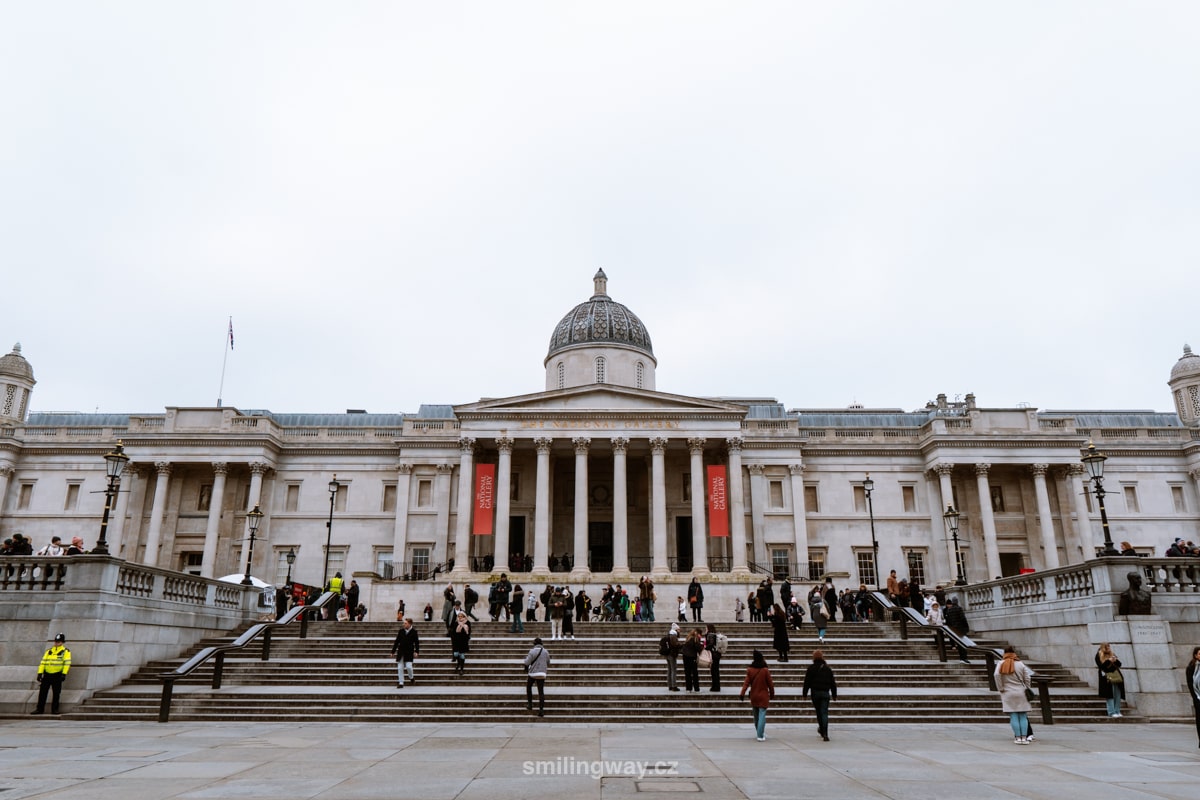
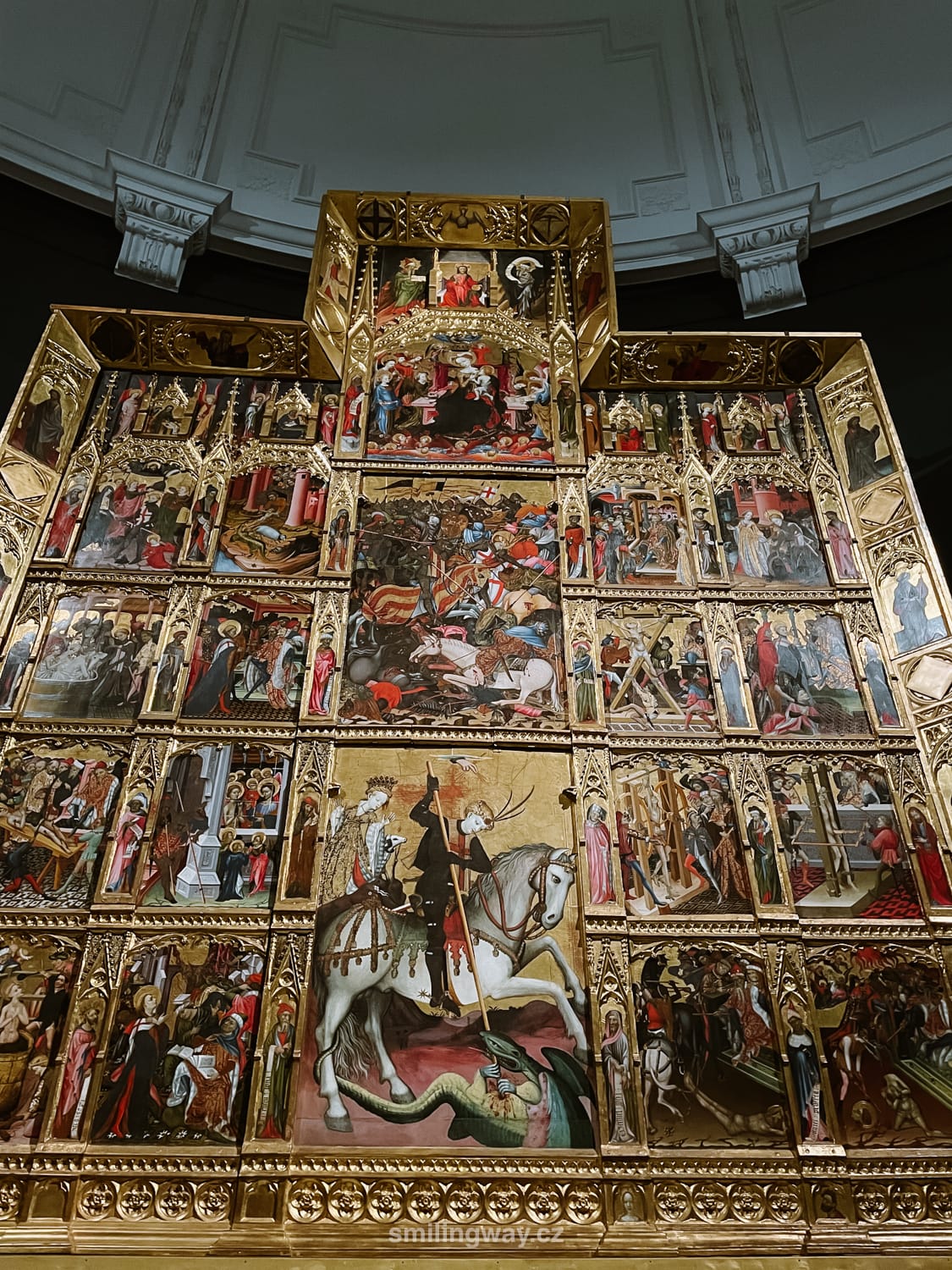
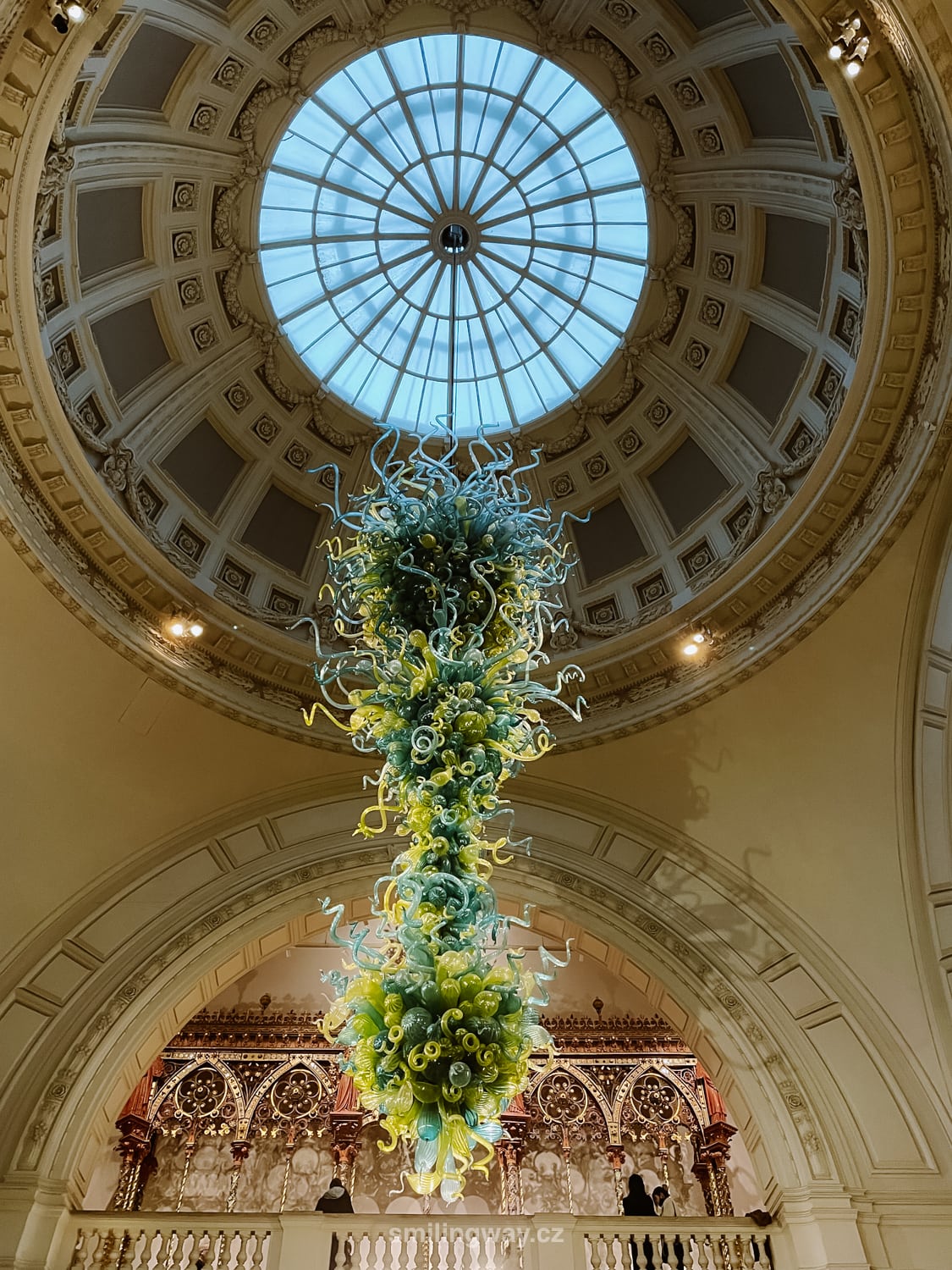
The view from London’s skyscrapers
Would you like to enjoy the view of London for free? There are 3 places in the City of London where you can enjoy the view of London for free:
- Sky Garden – advance booking required, usually booked in advance, or. you can book a table in the bar or restaurant
- Horizon 22 – advance booking required, usually booked weeks in advance
- Garden at 120 – a beautiful place full of greenery where no reservation is required. On the other hand, queues form and only a limited number of people are allowed upstairs, so it’s better to come right at opening time (especially in the season from spring to autumn).
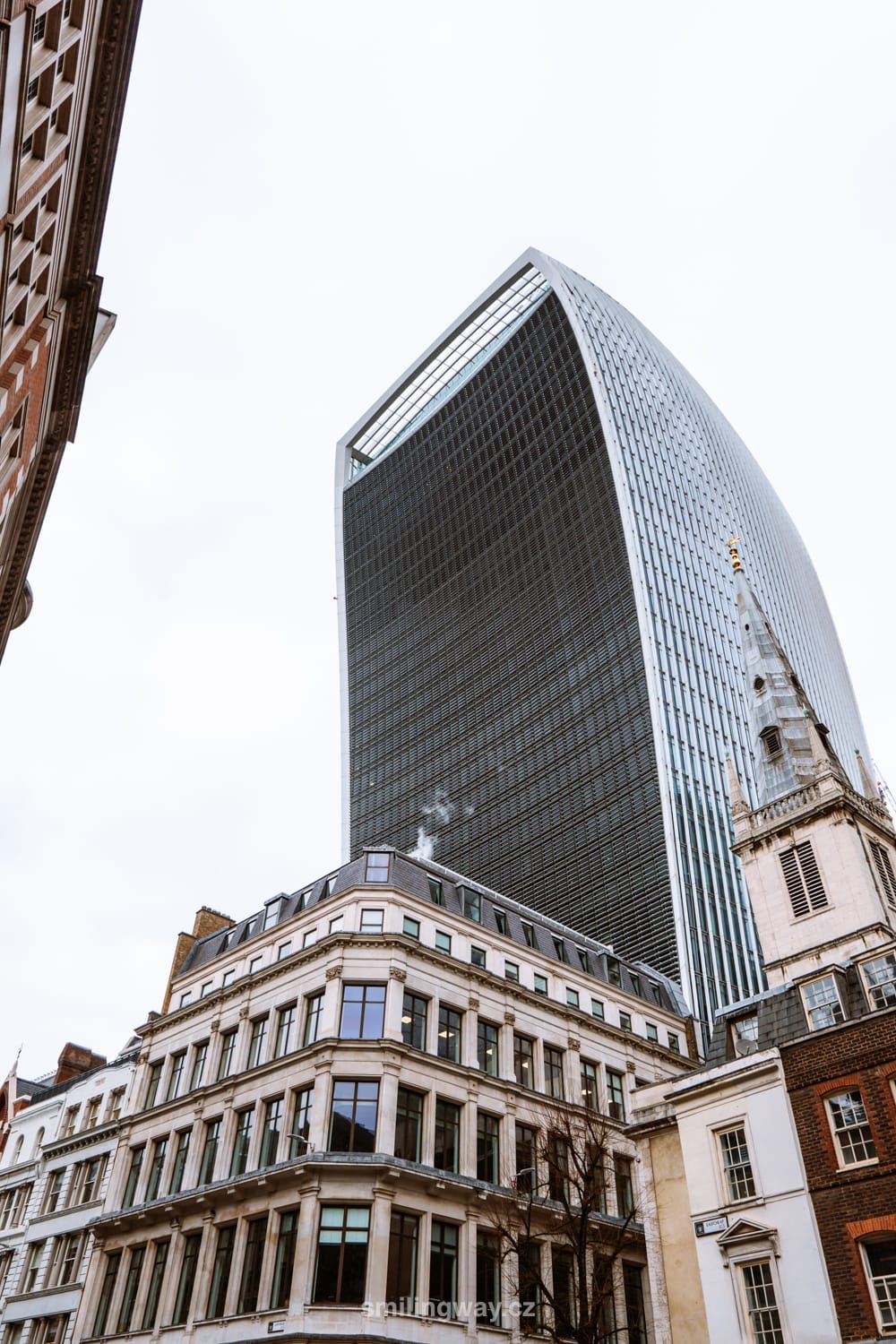
Markets in London
The markets may not be free, but it’s one of the best places to eat for a very good price. Plus, you can taste food from all over the world in one place. Some of London’s most famous markets for a good meal include:
- Camden Market
- Spitalfields Old Market
- Brick Lane
- Borough Market
- Portobello Road Market

Follow in the footsteps of Harry Potter
It’s no secret that London served as an inspiration for British author J.K. Rowling when writing Harry Potter. Follow in the footsteps of the places that appeared in Harry.
Visit Platform 9 3/4, which can be found at the back of King’s Cross station, or Leadenhall Market, where Harry bought his wand.
☞ Get inspired by our 5-day London itinerary.
Street Art in Shoreditch
London is one of the world’s leading cities for street art. Renowned and anonymous artists in London’s East End create some of the most impressive works of art.
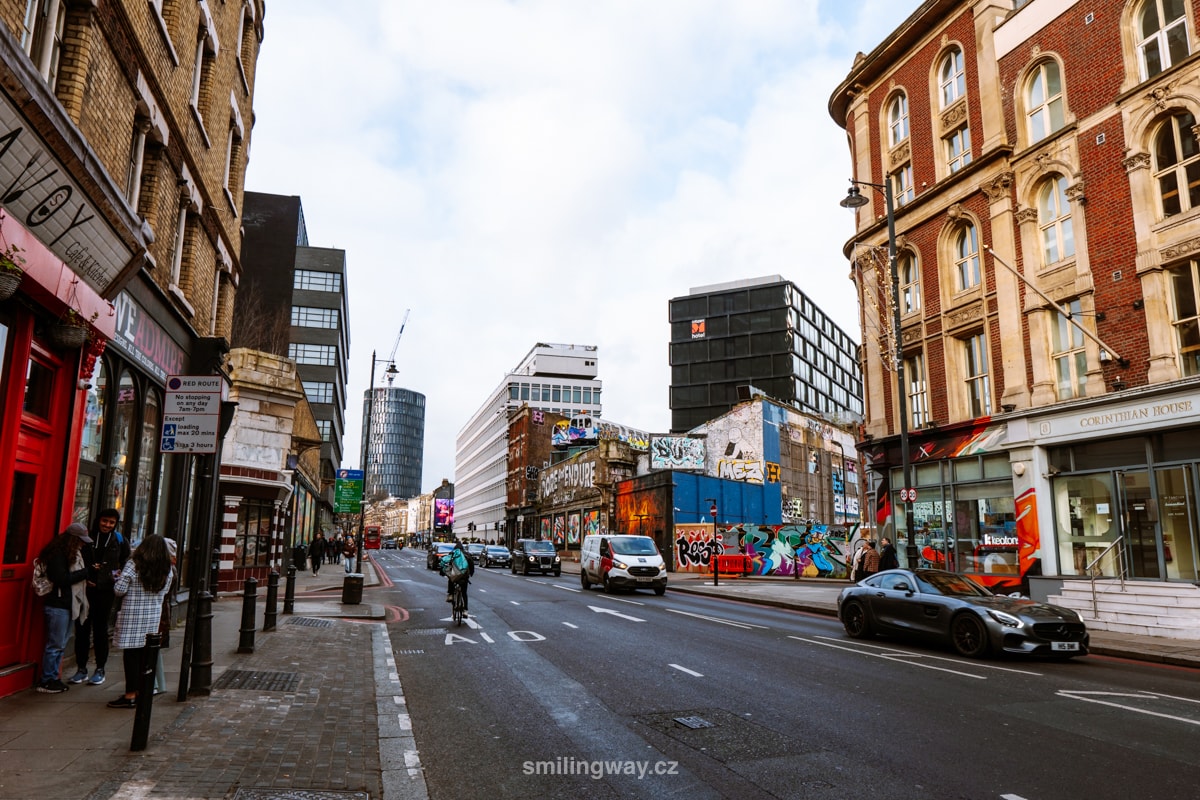
City parks in London
London has so many parks and green spaces that the UN has classified the city as a forest. There are so many beautiful places to escape the crowds in the city centre. The best parks in London include:
- Hyde Park is one of the 8 Royal Parks and the largest park in London. You won’t be bored here – rent a bike, go boating or relax in the Italian garden.
- Kensington Gardens – Hyde Park is adjacent to the landscaped Kensington Gardens, which surround Kensington Palace.
- Regent’s Park is a well-maintained park near Camden Town. While you’re here, don’t miss the magnificent Queen Mary Gardens, home to the largest collection of roses in London.
- Holland Park may not be the most famous park in London, but Kyoto Garden is an absolutely gorgeous place to contemplate for hours (see photo below).
- Greenwich Park – From the top of the hill in Greenwich Park, you’ll have a spectacular view of London.

5. How to save money when travelling around London: Oyster card
London has some of the best public transport in the world. But as it happens – you have to pay extra for quality. Transport in London can cost a lot.
One tip to save money on transport in London is to get an Oyster Card. It will make your fares a lot cheaper than if you use paper tickets.
The Oyster Card is a chip card that pays for all public transport in London. You preload your card with a certain amount, which is then deducted from your individual rides.
With the Oyster card, fares will be cheaper than if you buy a separate ticket. The card covers bus, tram, tube, DLR, London Overground, TfL Rail, River Buses and national rail services in London (and some outside London).
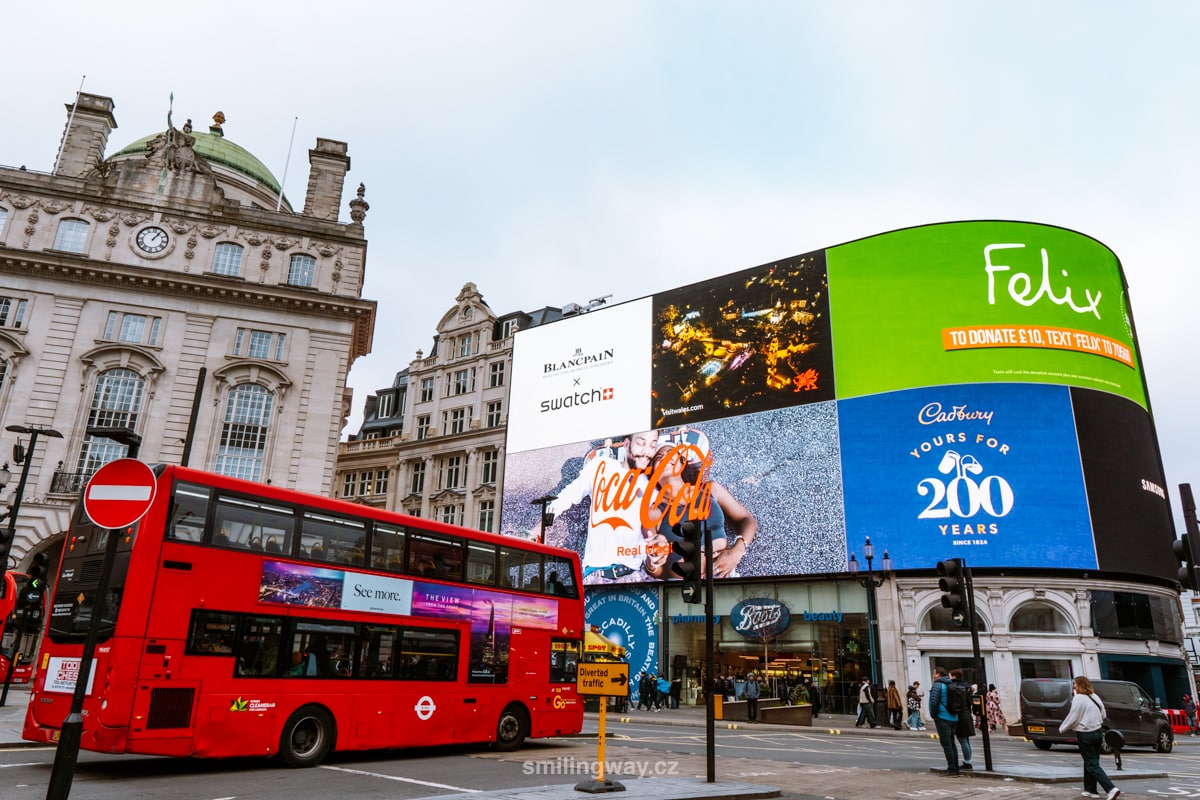
How does the Oyster Card work?
It’s simple. You put money on your Oyster card, which you then use to pay for individual rides. When entering and exiting, you attach the Oyster card to the machine. This will deduct the exact fare you have driven.
On buses and trams, you only have to add it when you get on, but on the metro and trains you have to add it when you get off or you will automatically be charged the highest rate.
☞ Get inspired with our 3-day itinerary of what to see in London.
What is the cost of public transport in London?
There is no single fare. Fares vary depending on the day of the week, direction of travel and time of day.
If you want to calculate the price in advance, you can find a calculator on the London Public Transport website. For short journeys, you’ll pay around £2.70-£2.80 (depending on whether or not you’re travelling at peak times). A paper ticket without an Oyster card will set you back £6.70.
For buses and trams it is different. Here you always pay the same £1.75 for a 60-minute transfer (on buses and trams only). That’s why you only scan your Oyster card when you board and not when you exit, as is the case with the metro.
In addition, if you take the bus or tram more than three times a day on a given day, i.e. you pay £5.25, you travel free for the rest of the day.
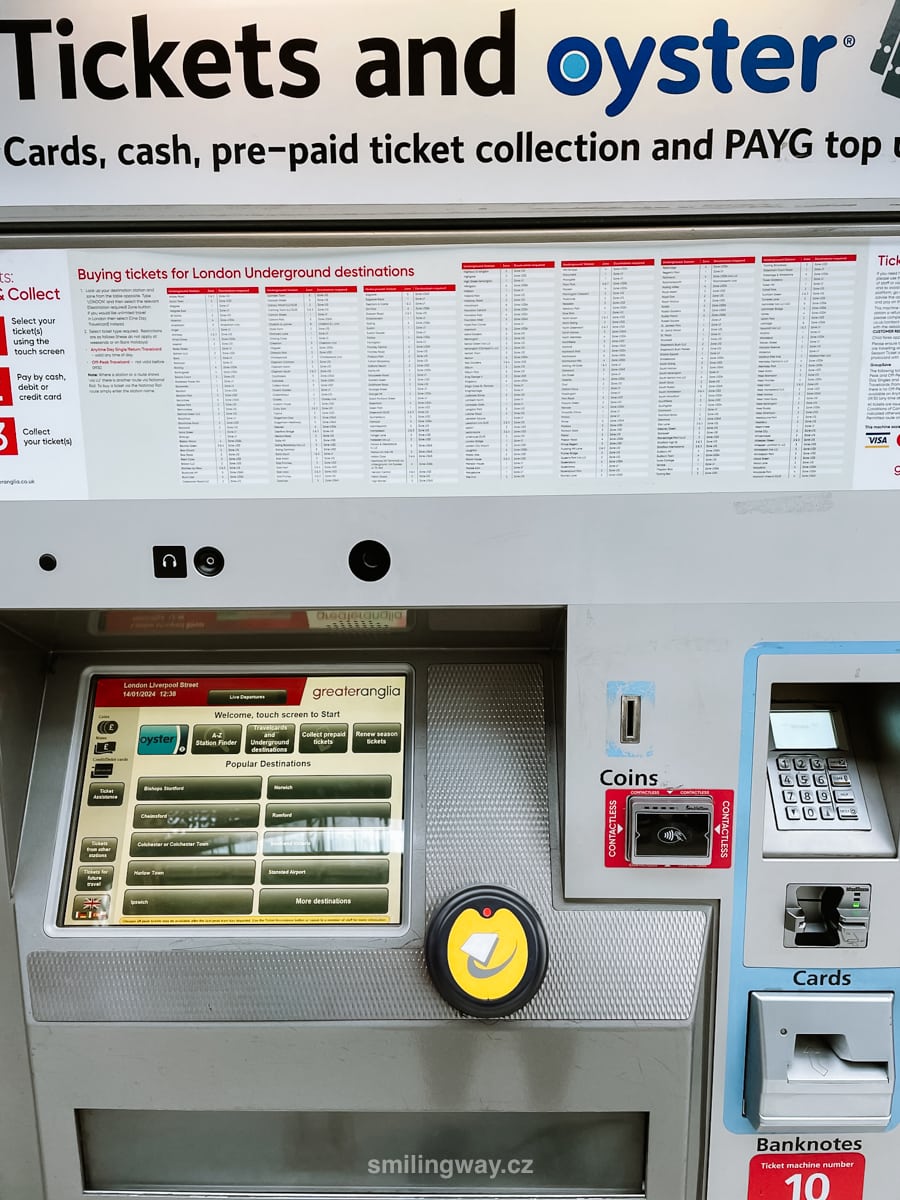
London Underground or bus?
So what to choose? A bus when it’s cheaper? If you don’t mind spending more time on the road and want to experience a scenic ride through the city, choose a bus (or tram). The Metro is more expensive (you’ll usually pay £2.80 for a short journey in the centre), but you’ll get to your destination much quicker.
How much does an Oyster Card cost?
There is a one-off charge of £5 for an Oyster card for visitors. It’s irreversible, but if you use London’s public transport, you’ll soon get it back.
Also, only one person can use the Oyster card at a time. The card is not in your name, so if you are travelling independently, you can borrow it.
Any money left on your card? Up to £10 can be withdrawn from machines on the tube. Above £10 then you have to go to the visitor centre.
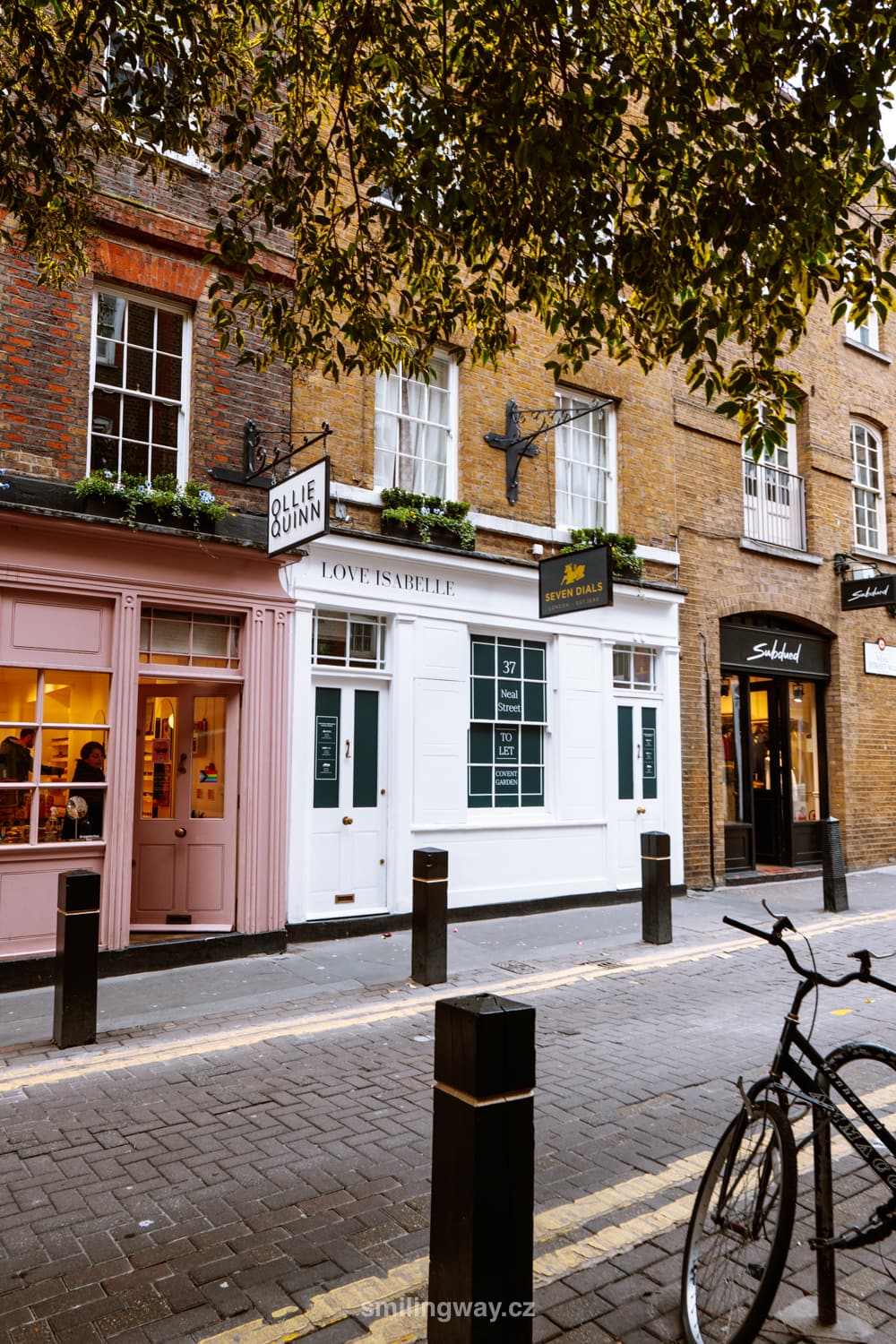
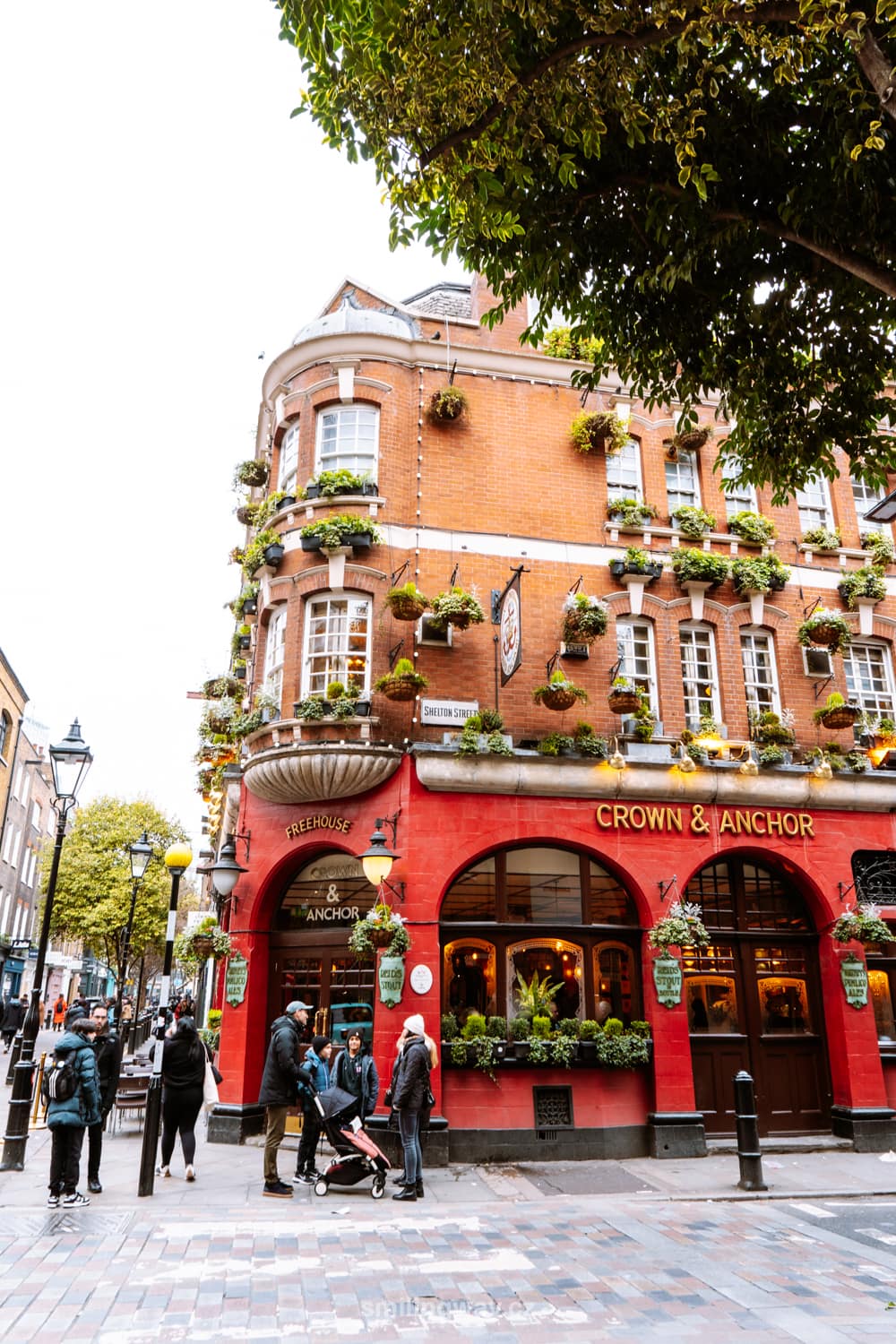
How much money to deposit on the Oyster Card?
This depends on how often you plan to use the local transport. It is generally recommended to charge the card at £15/2 days and £30/4 days. I recommend to deposit less and, if necessary, charge the machine in the metro with another amount.
Where to buy an Oyster Card?
You can buy an Oyster card on every corner of London – newsagents, tube machines and airports.
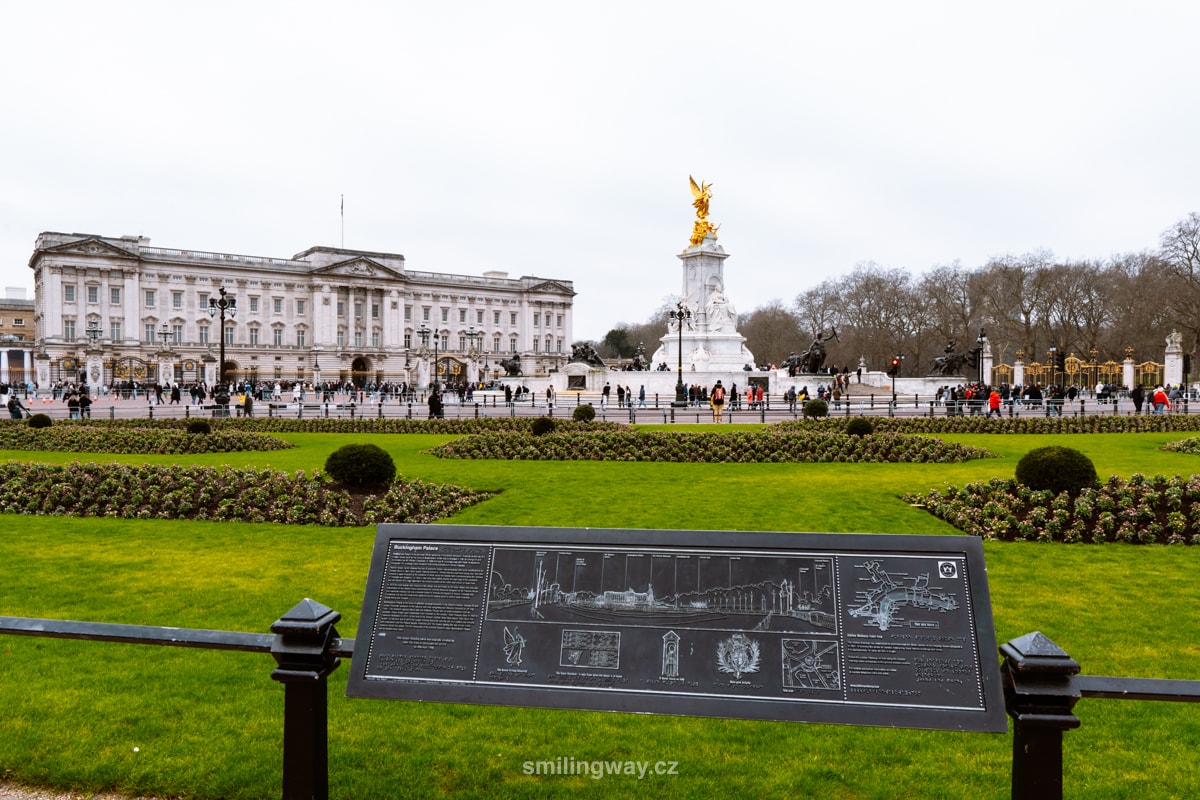
6. How to save money when travelling in London: Contactless card
The contactless card is the easiest way for tourists to pay for transport in London. The terms and conditions are exactly the same as for the Oyster card, except that you don’t have to buy an extra card. You just have to attach your card at the entrance (on the subway and trains, also at the turnstiles when you get off). This will deduct the reduced shipping cost as with the Oyster card.
Instead of using a contactless card, you can also pay using common apps such as Apple Pay, Google Pay, watches, etc. It is important to keep the payment method throughout the use of the transport.
With a contactless card, it is also the case that one card covers one passenger at a time, i.e. that you can’t pay for yourself and your partner with one card. The partner must pay with their card.
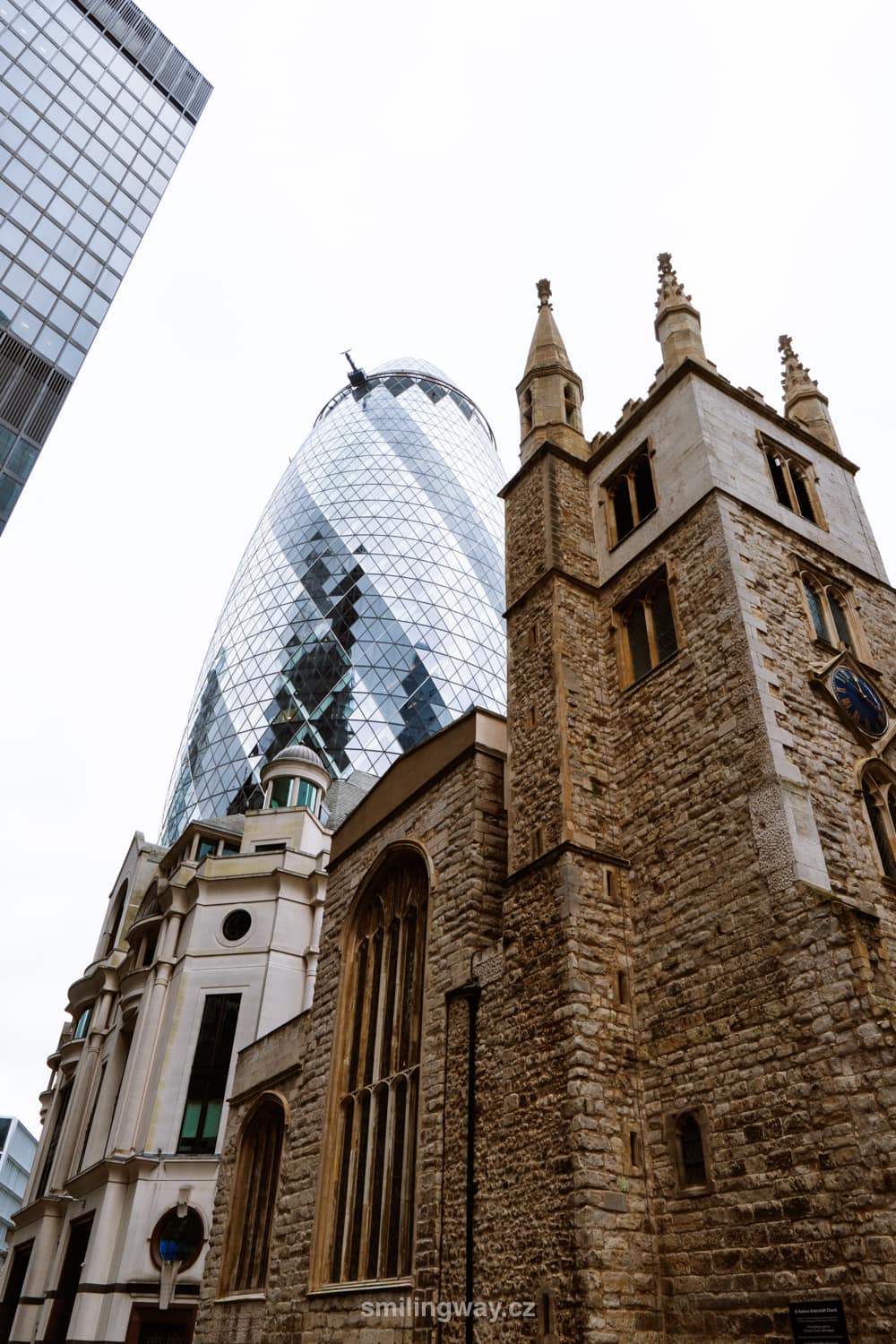
7. How to save money on airport transfers
Whether you’re arriving at Heathrow, Gatwick, Luton or Stansted, National Express coaches are one of the cheapest options from the airport to London. Plus, if you book well in advance, you’ll save even more.
You just have to take into account that the journey in this case takes much longer than with trains. Especially if you are travelling at peak times (in the morning until about 9:30am and late afternoon between 4pm and 8pm).
Each airport also offers an express train service that stops in the centre. The final station varies depending on which airport you’re travelling from (Victoria for Gatwick, Paddington for Heathrow, etc). However, the prices of express trains are significantly higher than those of buses.
On the other hand, you can be in London in 45 minutes even from more distant airports like Stansted. If you book your tickets online, you get a better price. Here are links to trains from each airport:
If you’re arriving at Heathrow, a great option is the Elizabeth Line tube and train, which takes you to Paddington, Liverpool Street Station and other places in central London. You can simply pay with your contactless card (price from GBP 12.80). It’s cheaper than the Heathrow Express and faster than the bus.

These were our tips on how to save in London. Do you have a question? We’ll be happy to answer it in the comments below. Have a safe journey!
More information about London
LONDON ITINERARY: Check out the best things to do in London (admission, opening times, map). To help you plan, we’ve created an itinerary for 3 days in London.
LONDON TRAVEL GUIDE: In the article you can find out all about transport in London (airport, public transport, underground, bicycle). Read about accommodation, prices, food and safety in our London travel guide. Our recommendations for the best hotels in London will help you make your accommodation choices easier.
LONDON WITH CHILDREN: Read our 25 tips for visiting London with kids.
THINGS TO DO WITH KIDS: Amsterdam and Barcelona are other great places for families with children. Take a look at our guides for Amsterdam with kids. We’ve also got tips on how to enjoy Barcelona with kids.
ENGLAND: The list of the most beautiful places in England includes tips on things to do in England.
How to save in London: FAQ
Save tens to hundreds of pounds on admission with a London Pass or London Explorer Pass. Read more about how the discount works and the price of the London Pass and London Explorer Pass.
There are a number of places in London that you can see for free – the British Museum, the National Gallery, the Tate Modern, the Palace of Westminster and many more. Read more in our detailed overview of free things to do in London.
Get an Oyster Card or pay with a contactless card. For the cheapest connection from the airport, use National Express. Read more how to save on transport in London.
